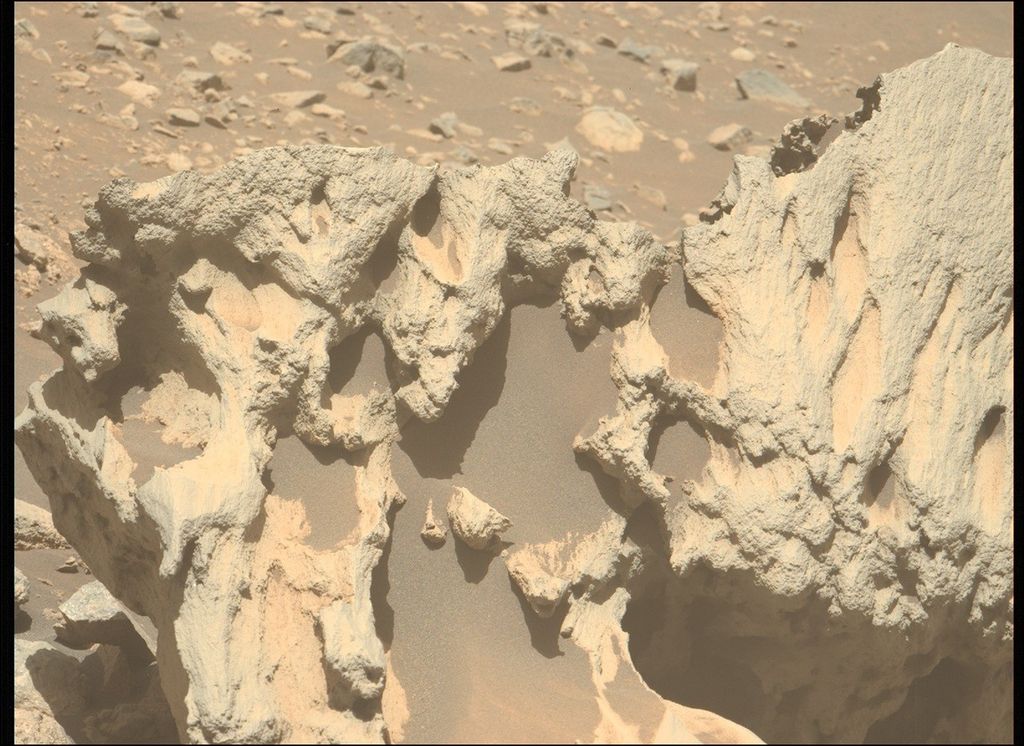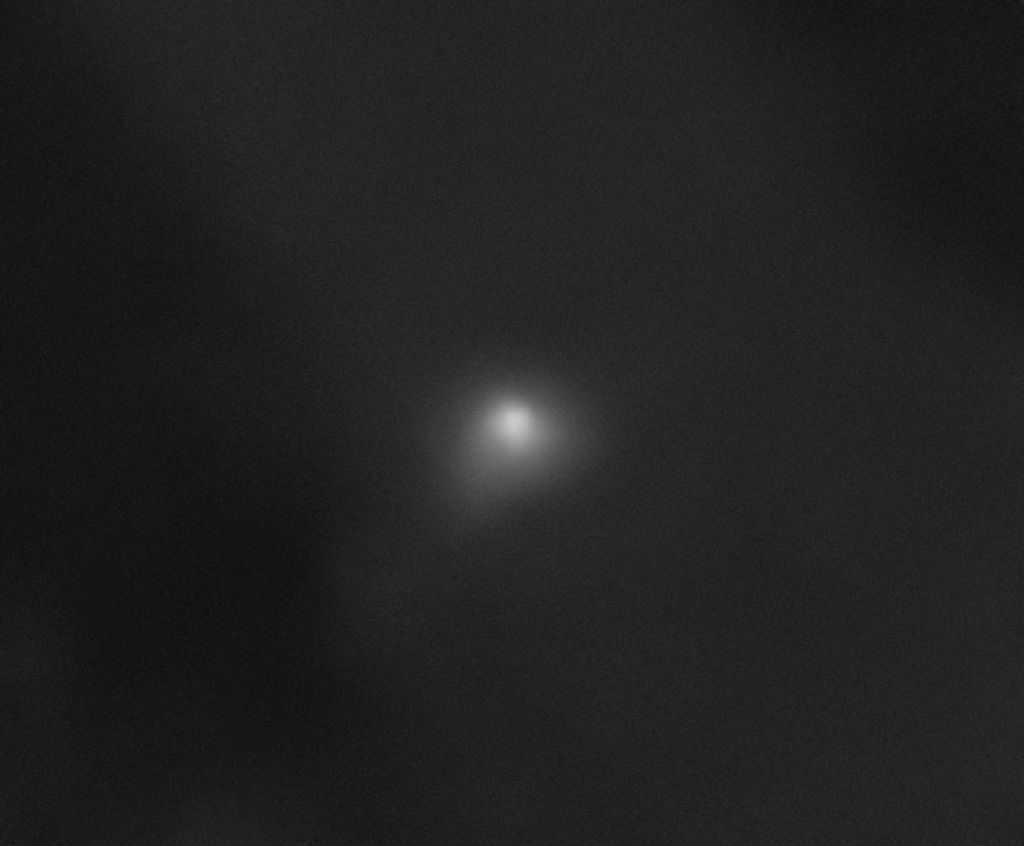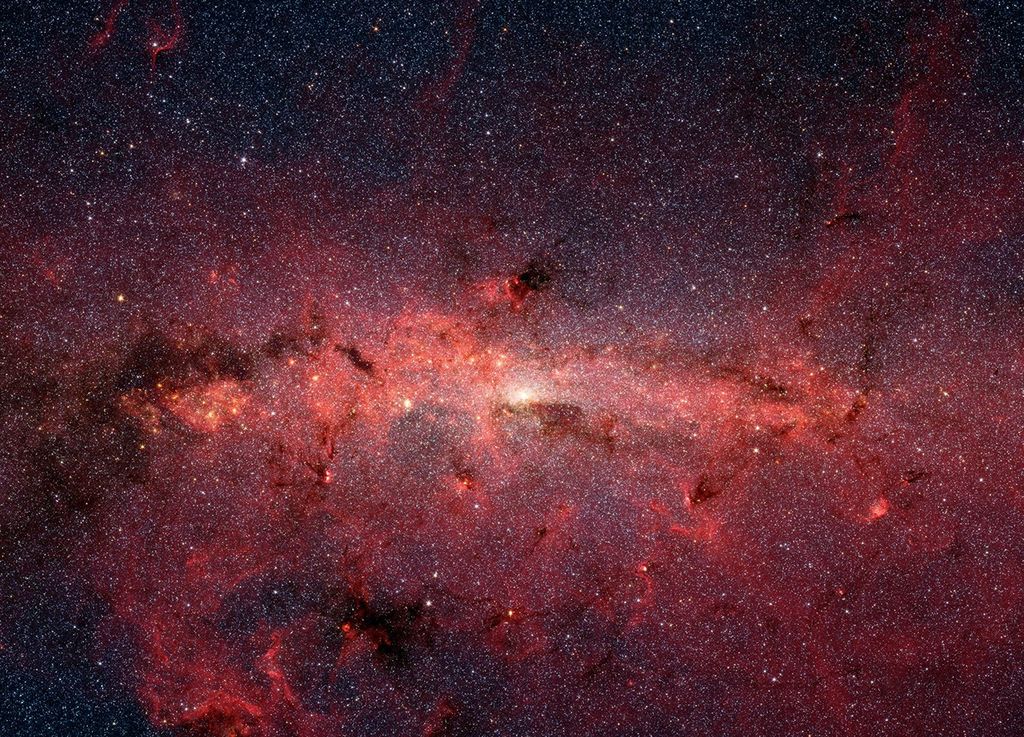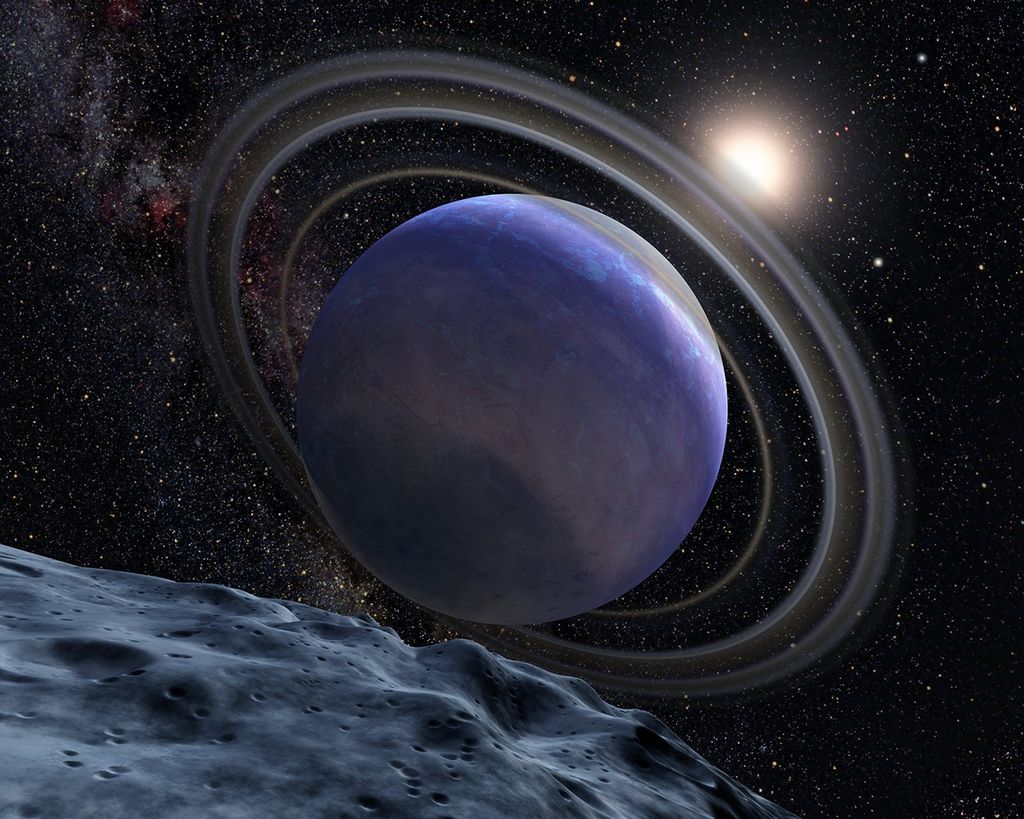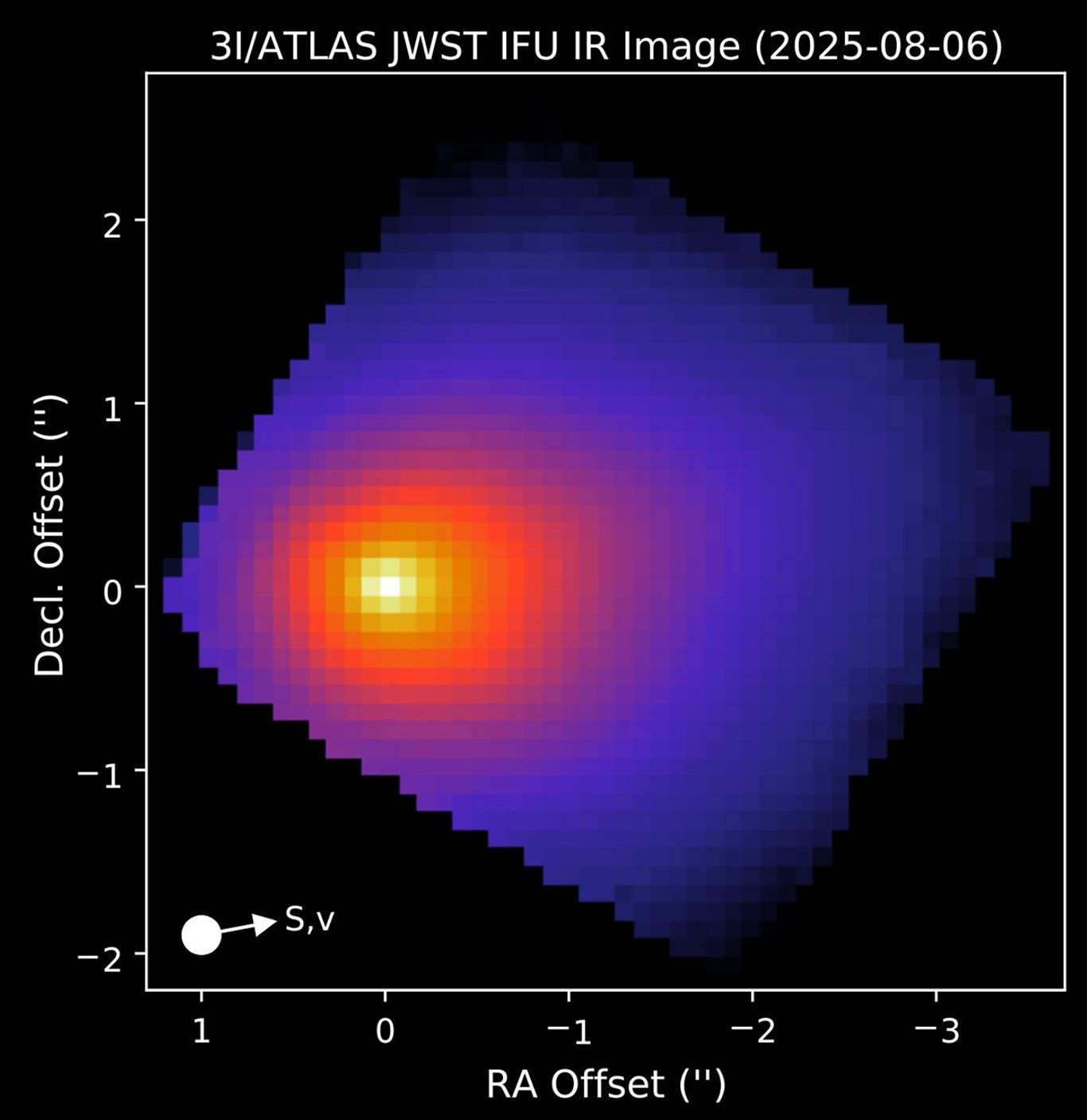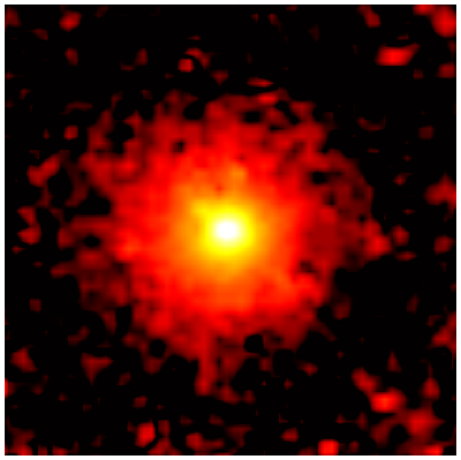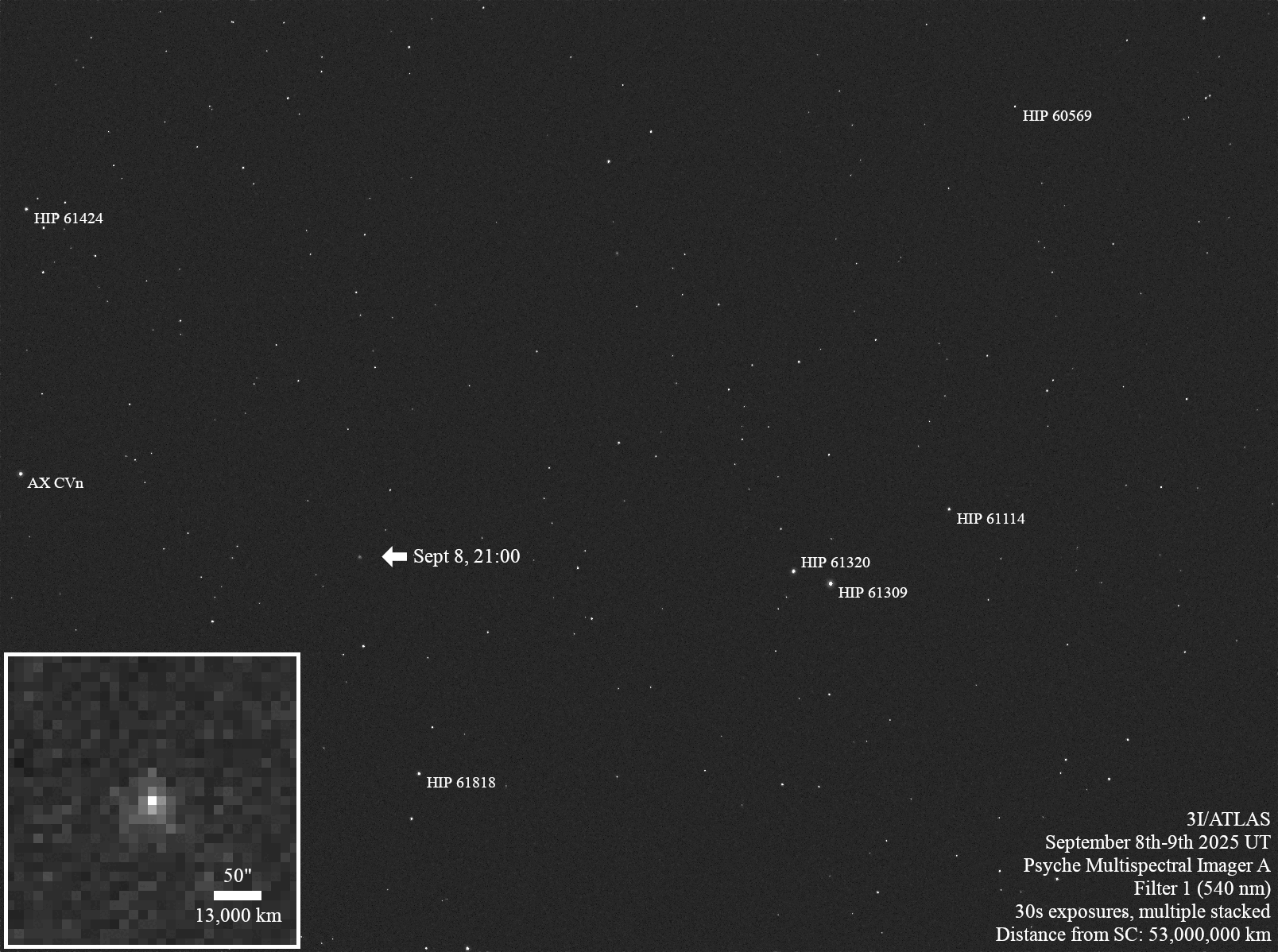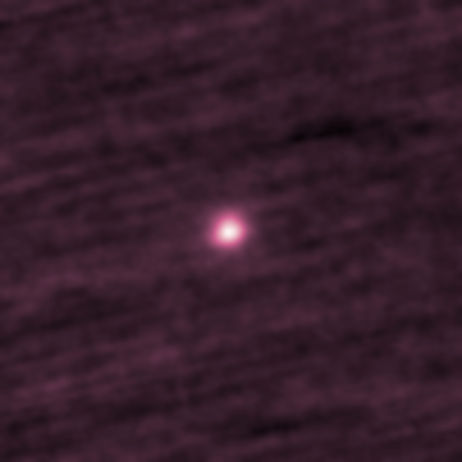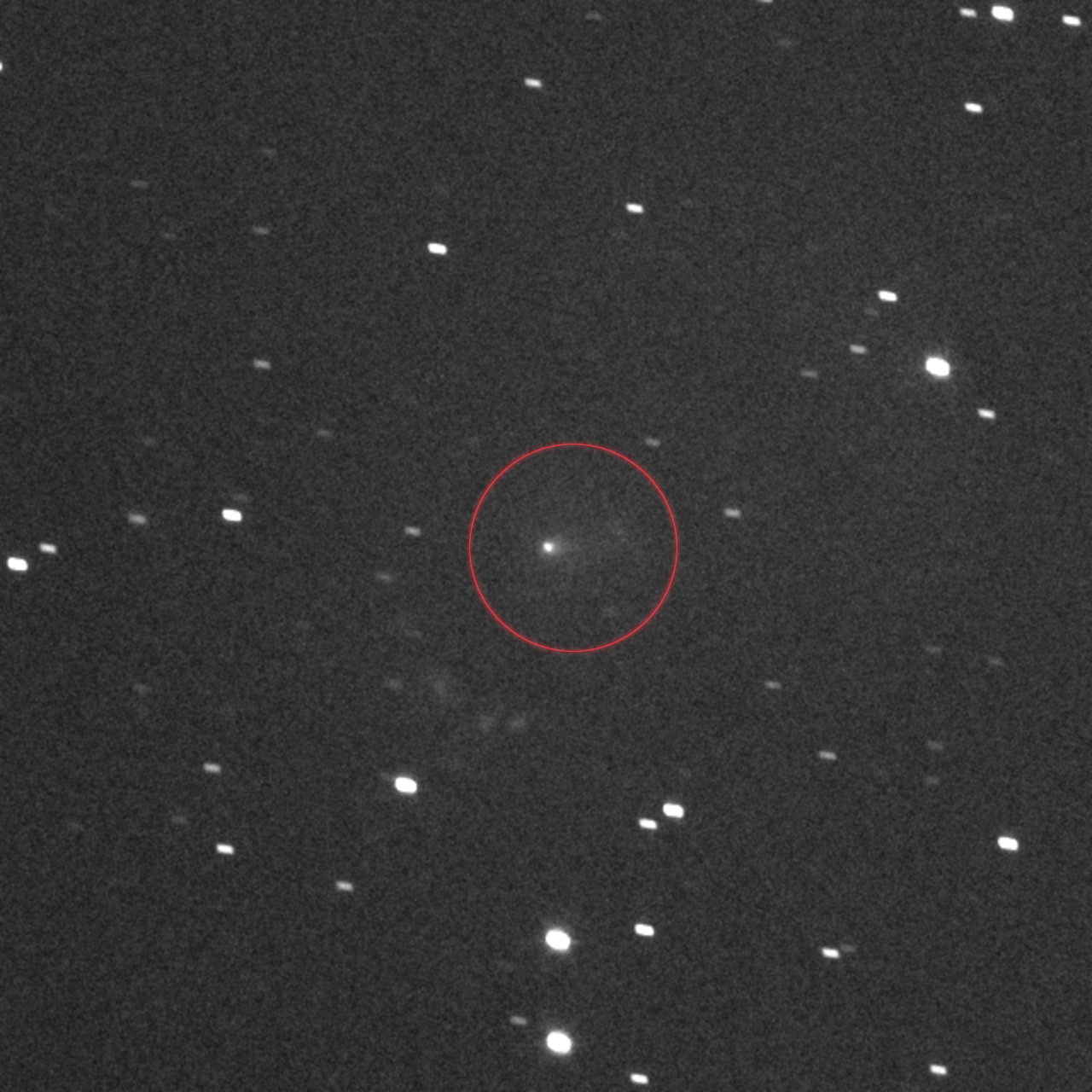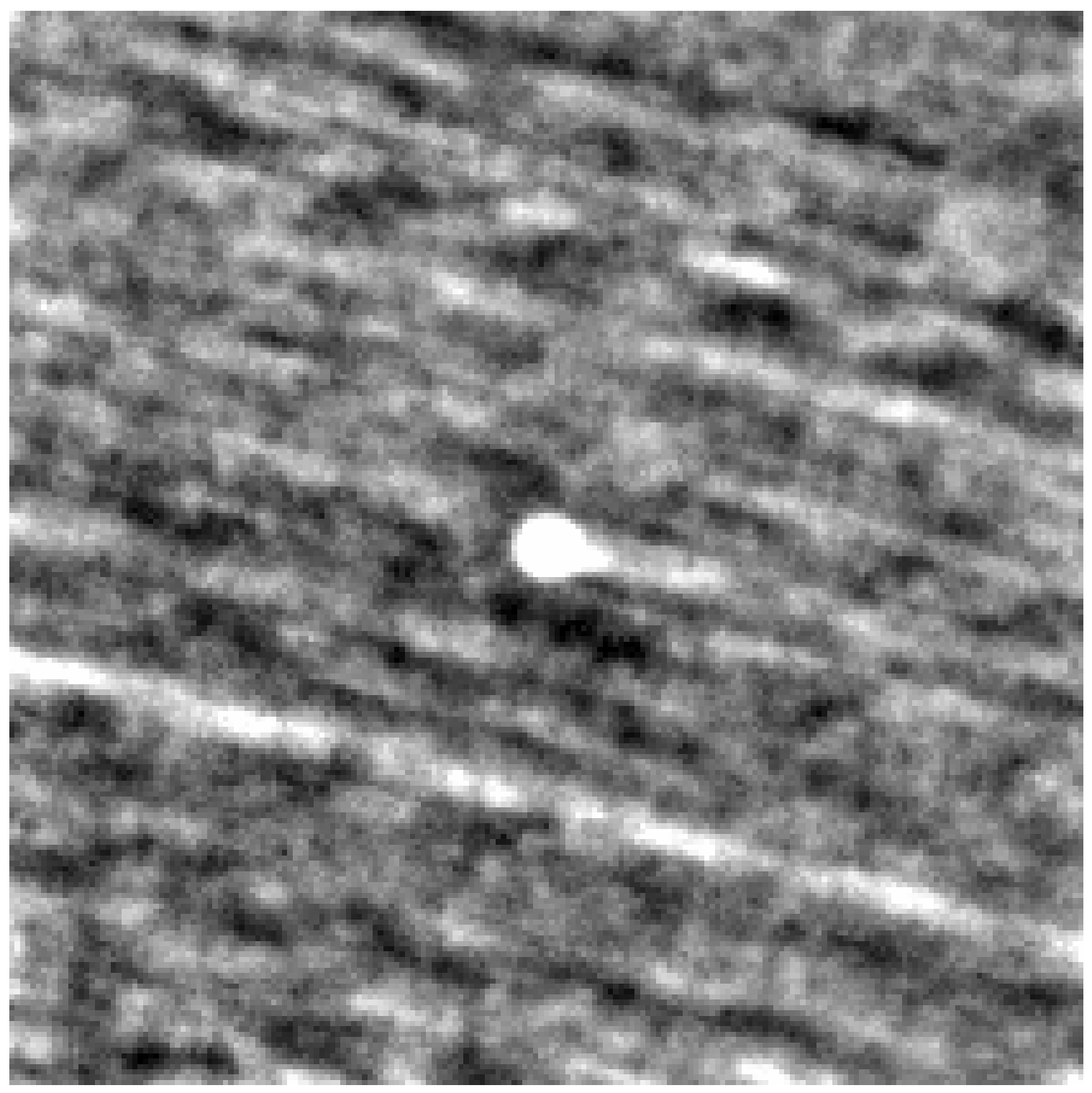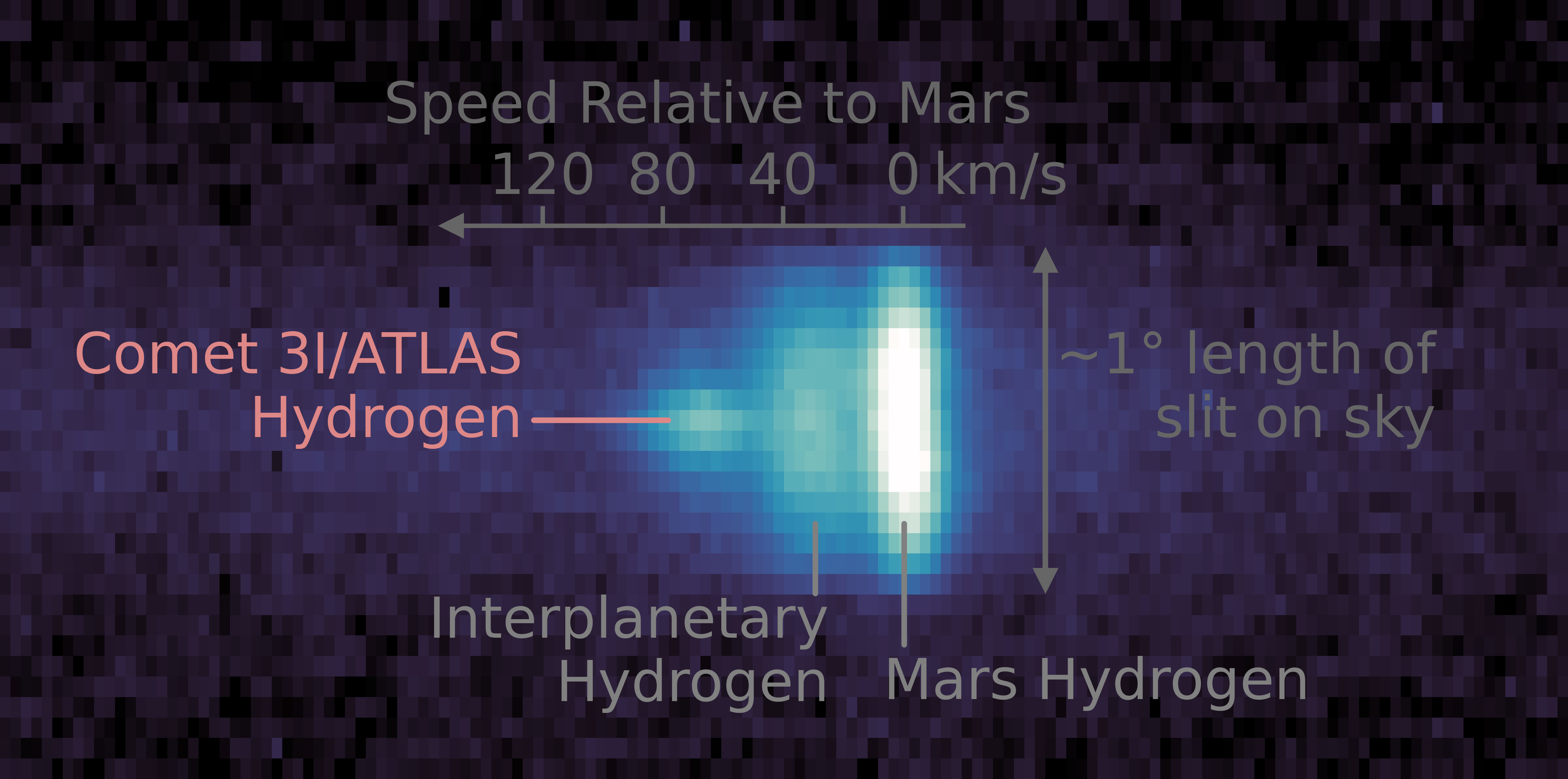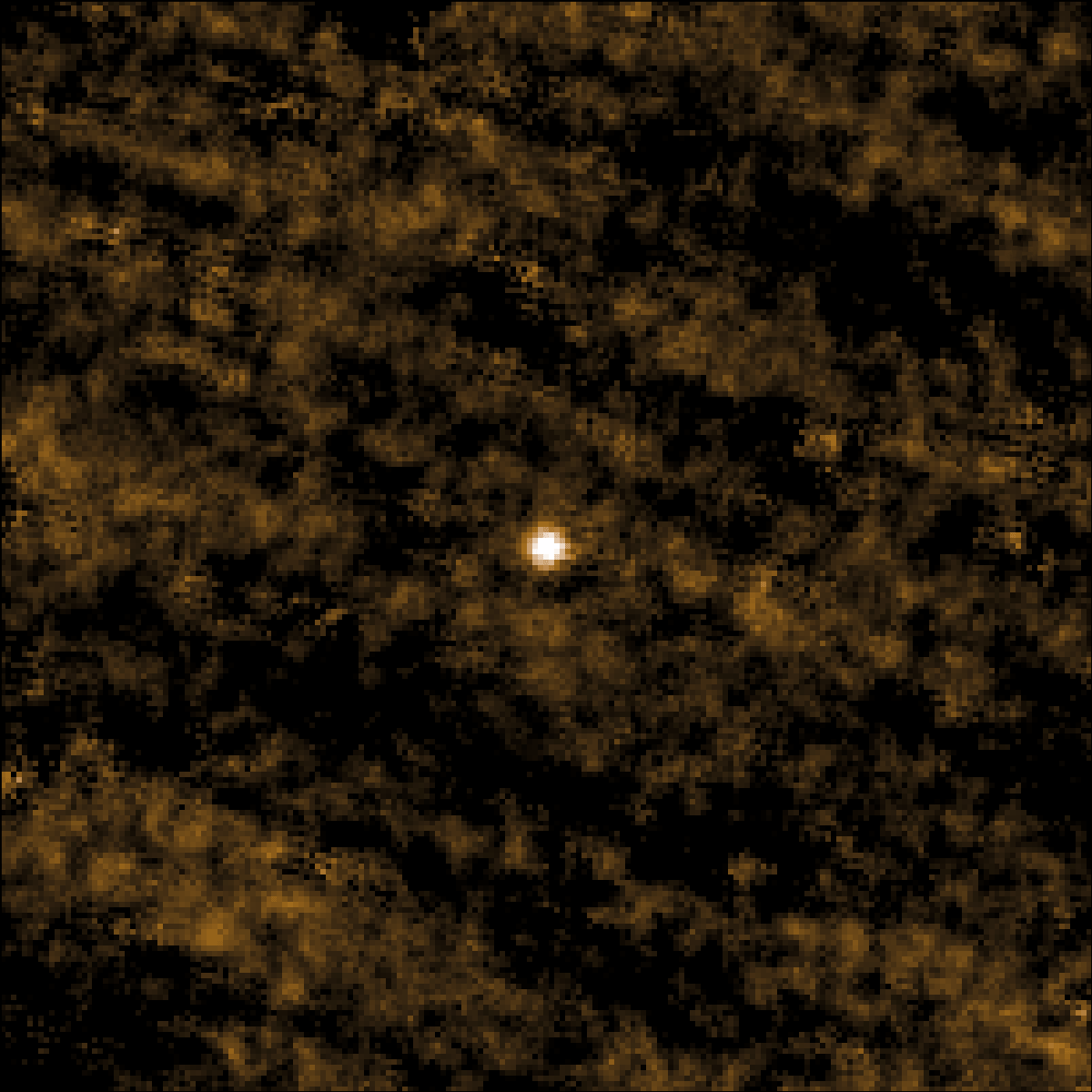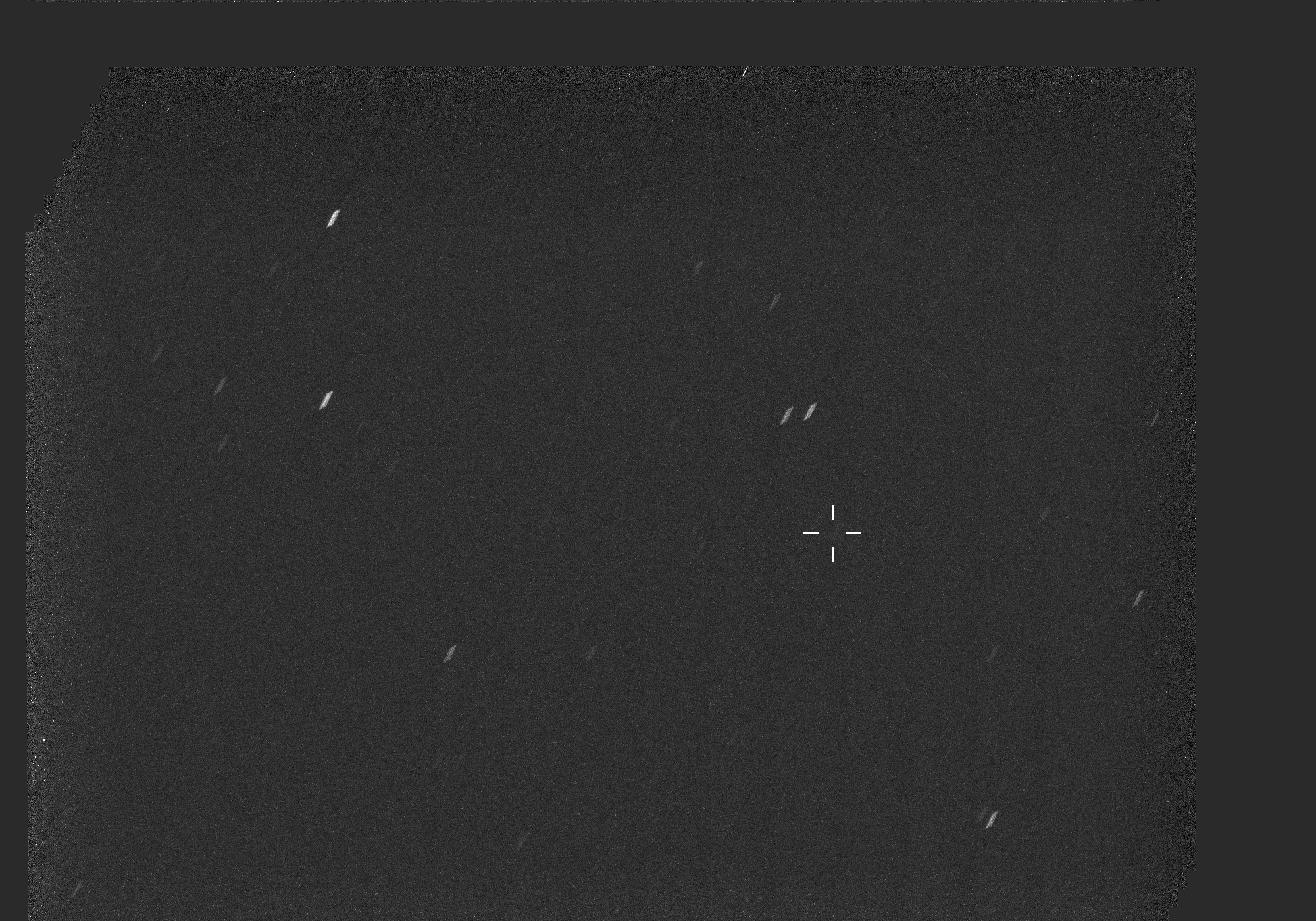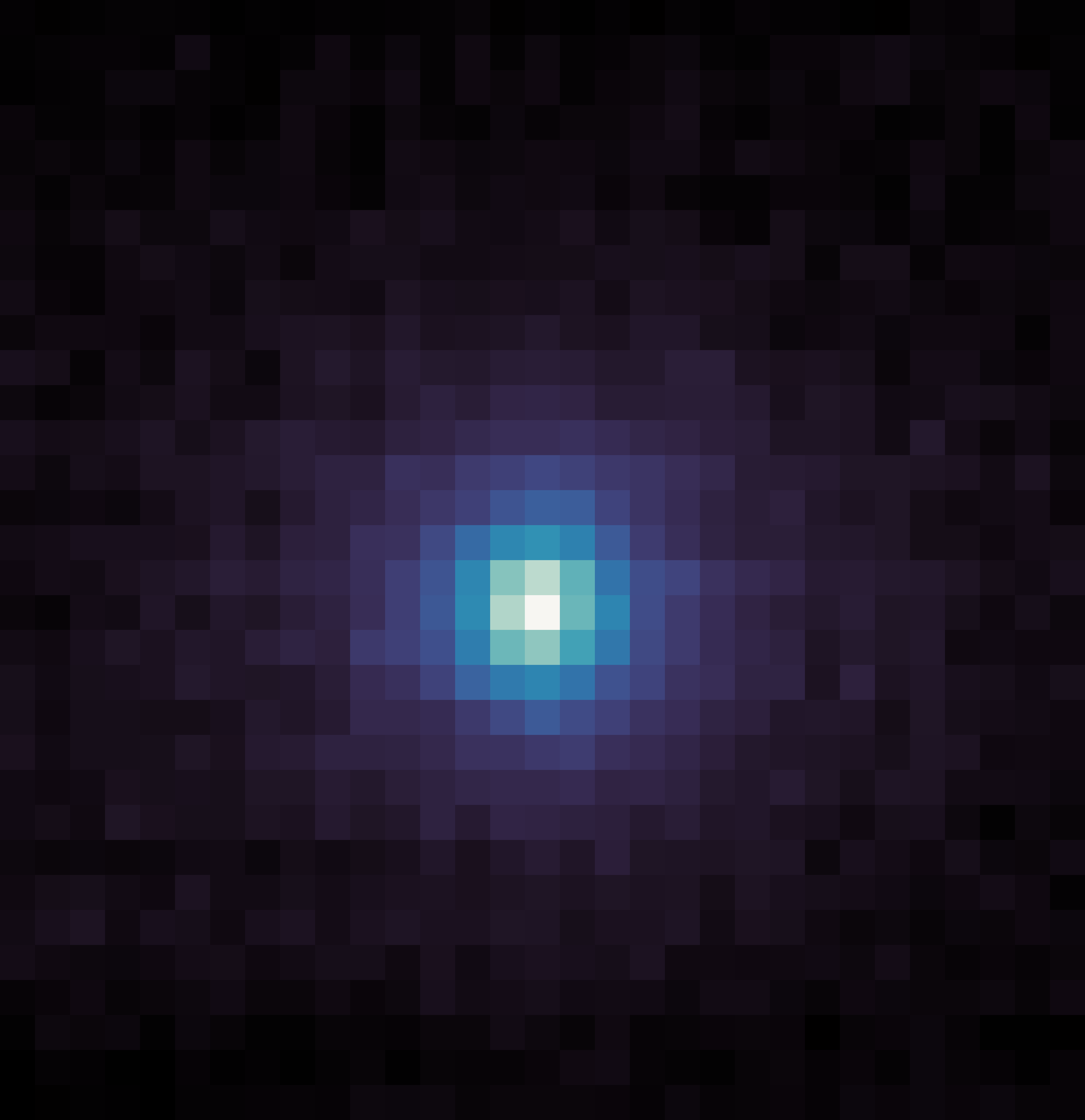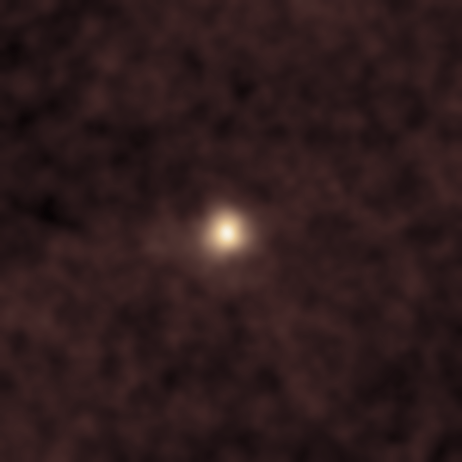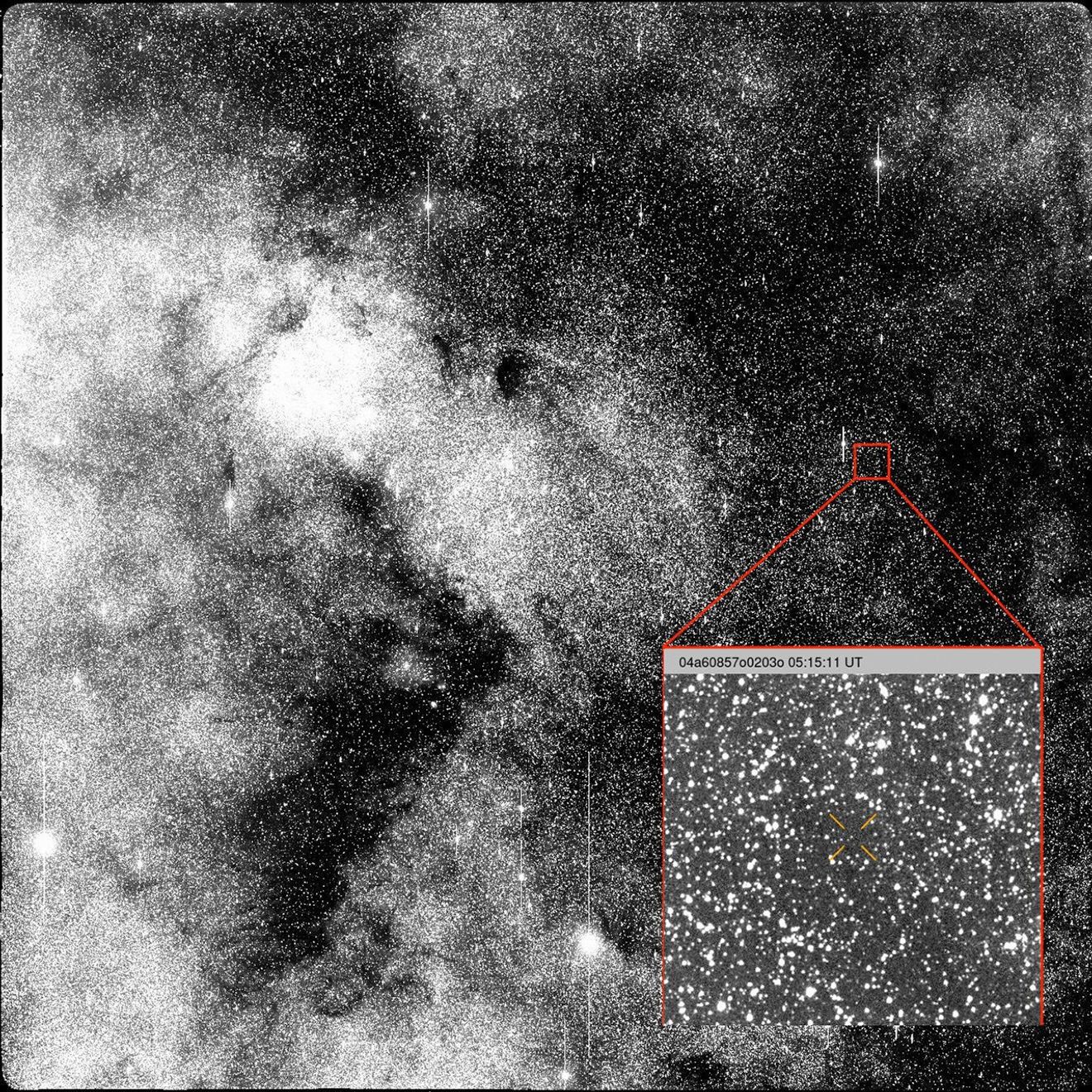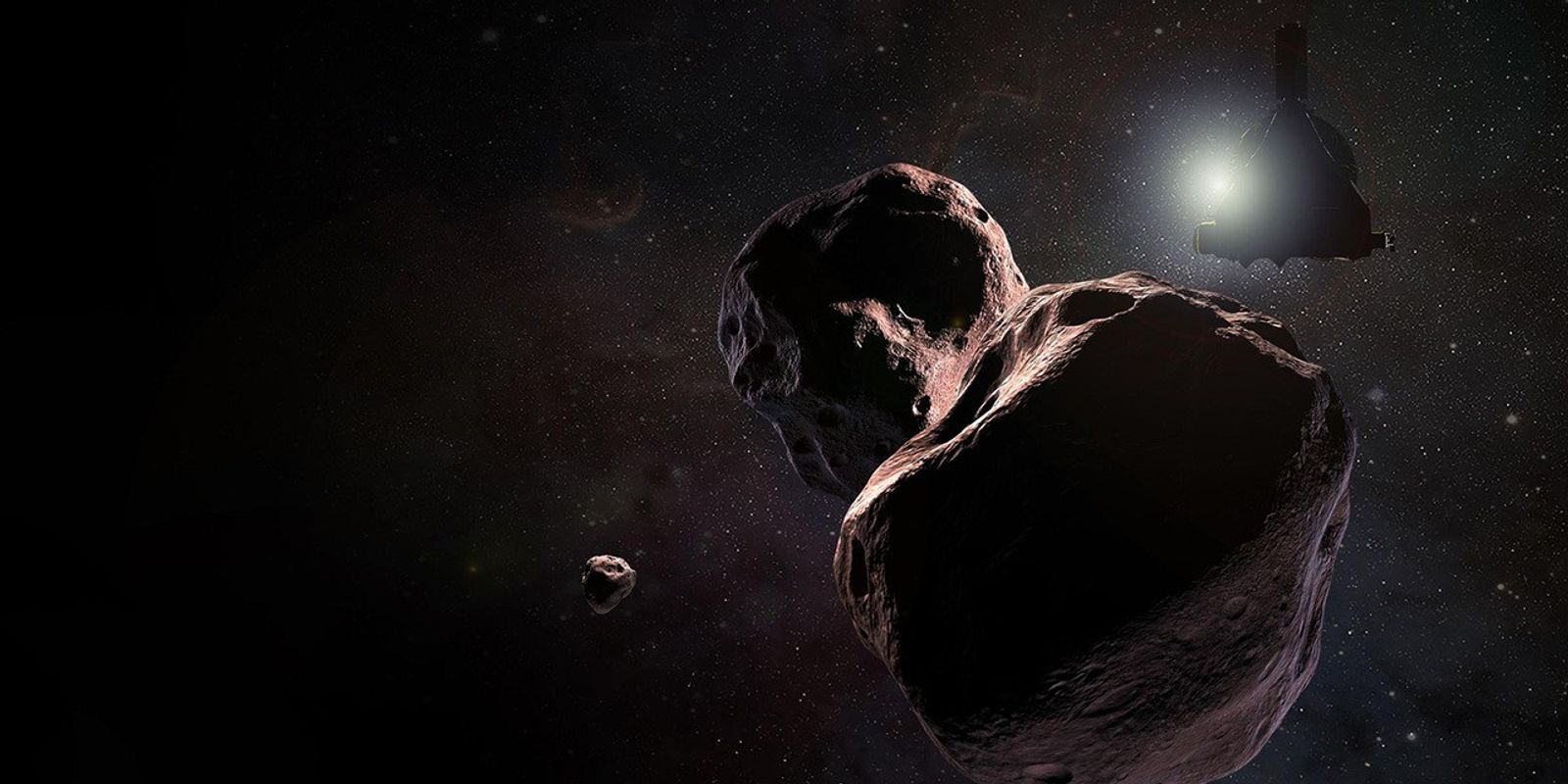NASA's 3I/ATLAS Observation Timeline
News About Comet 3I/ATLAS
Check back here for the latest blog posts about Comet 3I/ATLAS.
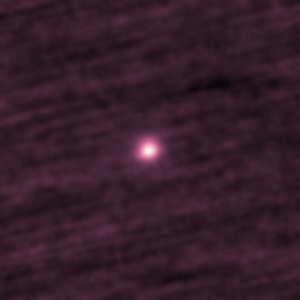
NASA’s STEREO (Solar Terrestrial Relations Observatory) observed interstellar comet 3I/ATLAS from Sept. 11 to Oct. 2. The STEREO mission, designed…
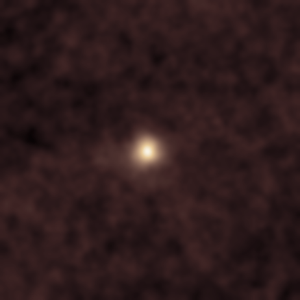
The ESA (European Space Agency) and NASA Solar and Heliospheric Observatory, or SOHO, spacecraft captured a glimpse of interstellar comet…
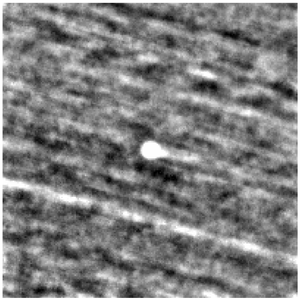
NASA’s PUNCH (Polarimeter to Unify the Corona and Heliosphere) mission observed interstellar comet 3I/ATLAS during its passage through the inner solar system. The…
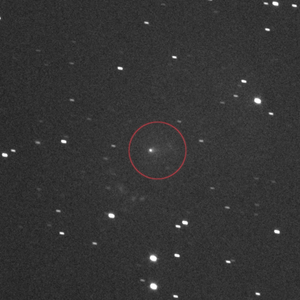
Lucy’s high-resolution, black-and-white imager, L’LORRI, captured a series of photos between Sept. 15–17, as the comet was zooming toward Mars.…

This article was updated to include the full range of dates from the SOHO image. Lee esta historia en español…
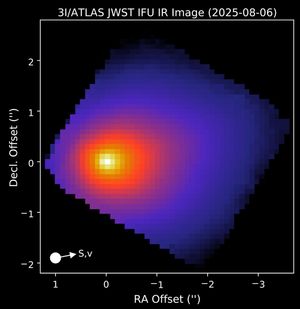
NASA’s James Webb Space Telescope observed interstellar comet 3I/ATLAS Aug. 6, with its Near-Infrared Spectrograph instrument. The research team has…
NASA’s Mars Spacecraft Capture Images of Comet 3I/ATLAS
Two orbiters and a rover captured images of the interstellar object — from the closest location any of the agency’s…
Read the Story
Comet 3I/ATLAS: Overview, Discovery, Observing
-
Overview
Comet 3I/ATLAS is the third known object from outside our solar system to be discovered passing through our celestial neighborhood. Astronomers have categorized this object as interstellar because of the hyperbolic shape of its orbital path. (It does not follow a closed orbital path about the Sun.) When the orbit of 3I/ATLAS is traced into the past, the comet clearly originates from outside our solar system.
Comet 3I/ATLAS poses no threat to Earth and will remain far away. The closest it will approach our planet is about 1.8 astronomical units (about 170 million miles, or 270 million kilometers). 3I/ATLAS will reach its closest point to the Sun around Oct. 30, 2025, at a distance of about 1.4 au (130 million miles, or 210 million kilometers) — just inside the orbit of Mars.
The interstellar comet’s size and physical properties are being investigated by astronomers around the world. 3I/ATLAS should remain visible to ground-based telescopes through September 2025, after which it will pass too close to the Sun to observe. It will reappear on the other side of the Sun by early December 2025, allowing for renewed observations.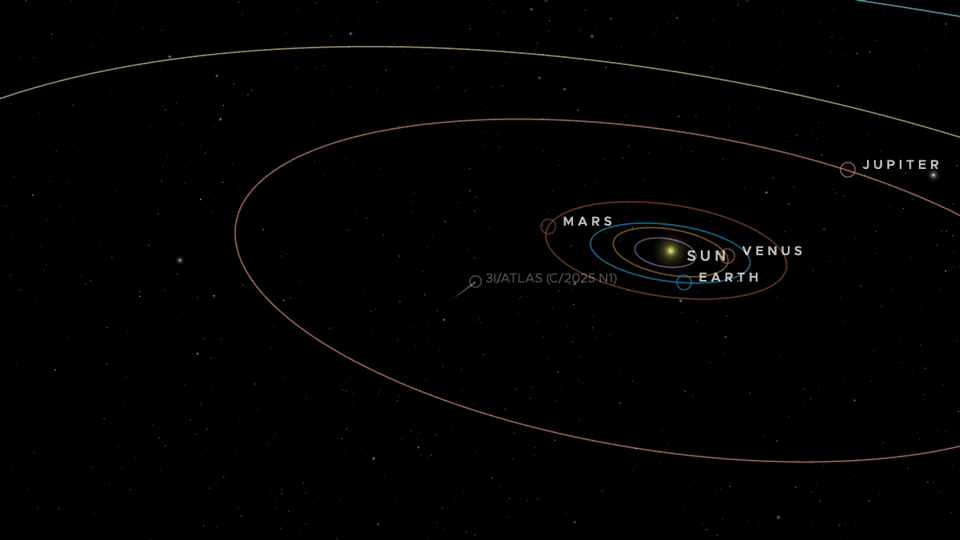 Animation of comet 3I/ATLAS's trajectory through our solar system.NASA/JPL
Animation of comet 3I/ATLAS's trajectory through our solar system.NASA/JPL -
Discovery
The NASA-funded ATLAS (Asteroid Terrestrial-impact Last Alert System) survey telescope in Rio Hurtado, Chile, first reported observations to the Minor Planet Center of comet 3I/ATLAS on July 1, 2025. Since the first report, observations made before the discovery were gathered from the archives of three different ATLAS telescopes around the world and Caltech’s Zwicky Transient Facility at the Palomar Observatory in San Diego County, California. These “pre-discovery” observations extend back to June 14, 2025.
How this comet got its name: Comets are generally named for their discoverer(s), in this case the ATLAS survey team. The letter “I” is for “interstellar,” indicating that this object came from outside our solar system. It’s the third known interstellar object, hence the “3” in the name.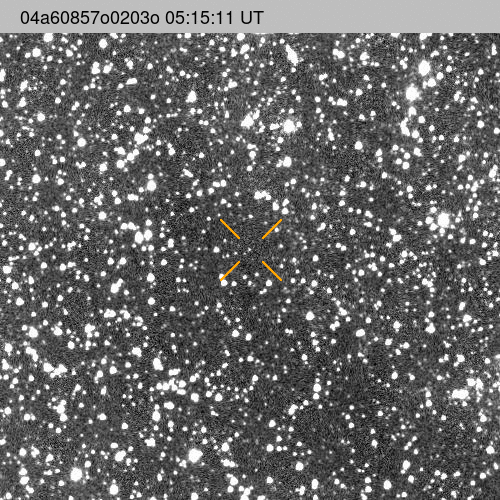 This animation shows the observations of comet 3I/ATLAS when it was discovered on July 1, 2025. The NASA-funded ATLAS survey telescope in Chile first reported that the comet originated from interstellar space.ATLAS/University of Hawaii/NASA
This animation shows the observations of comet 3I/ATLAS when it was discovered on July 1, 2025. The NASA-funded ATLAS survey telescope in Chile first reported that the comet originated from interstellar space.ATLAS/University of Hawaii/NASA -
NASA Assets Observing Comet 3I/ATLAS
NASA's Hubble Space Telescope captured this image of interstellar comet 3I/ATLAS on July 21, 2025, when the comet was 277 million miles from Earth. Hubble revealed a teardrop-shaped cocoon of dust coming off of the comet's solid, icy nucleus. Because Hubble was tracking the comet moving along a hyperbolic trajectory, the stationary background stars are streaked in the exposure. Hubble’s continuing observations allow astronomers to more accurately estimate the size of the comet’s nucleus. Observations as of Aug. 20, 2025, indicate that the upper limit on its diameter is 3.5 miles (5.6 kilometers), though it could be as small as 1,444 feet (440 meters) across.
NASA assets that are gathering observations of 3I/ATLAS include: Hubble, Webb, TESS, Swift, SPHEREx, Perseverance Mars rover, MRO (Mars Reconnaissance Orbiter), MAVEN (Mars Atmosphere and Volatile EvolutioN), Europa Clipper, Lucy, Psyche, Parker Solar Probe, PUNCH, and ESA/NASA’s SOHO.
Check back here for observations, schedules, or any additional NASA assets, as that information becomes available.Hubble captured this image of the interstellar comet 3I/ATLAS on July 21, 2025, when the comet was 277 million miles from Earth. Hubble shows that the comet has a teardrop-shaped cocoon of dust coming off its solid, icy nucleus.Image: NASA, ESA, David Jewitt (UCLA); Image Processing: Joseph DePasquale (STScI)

Follow Comet 3I/ATLAS's Journey
With NASA's Eyes on the Solar System interactive app, you can follow comet 3I/ATLAS as it travels through our solar system and see where it's headed next.




